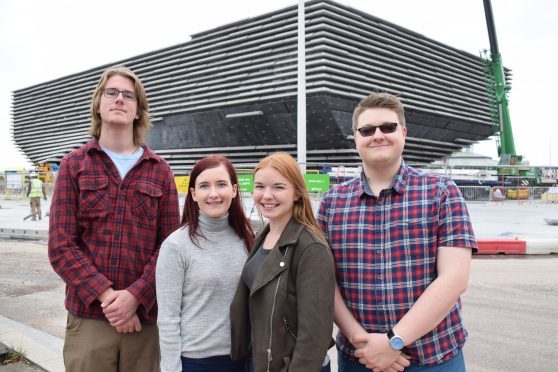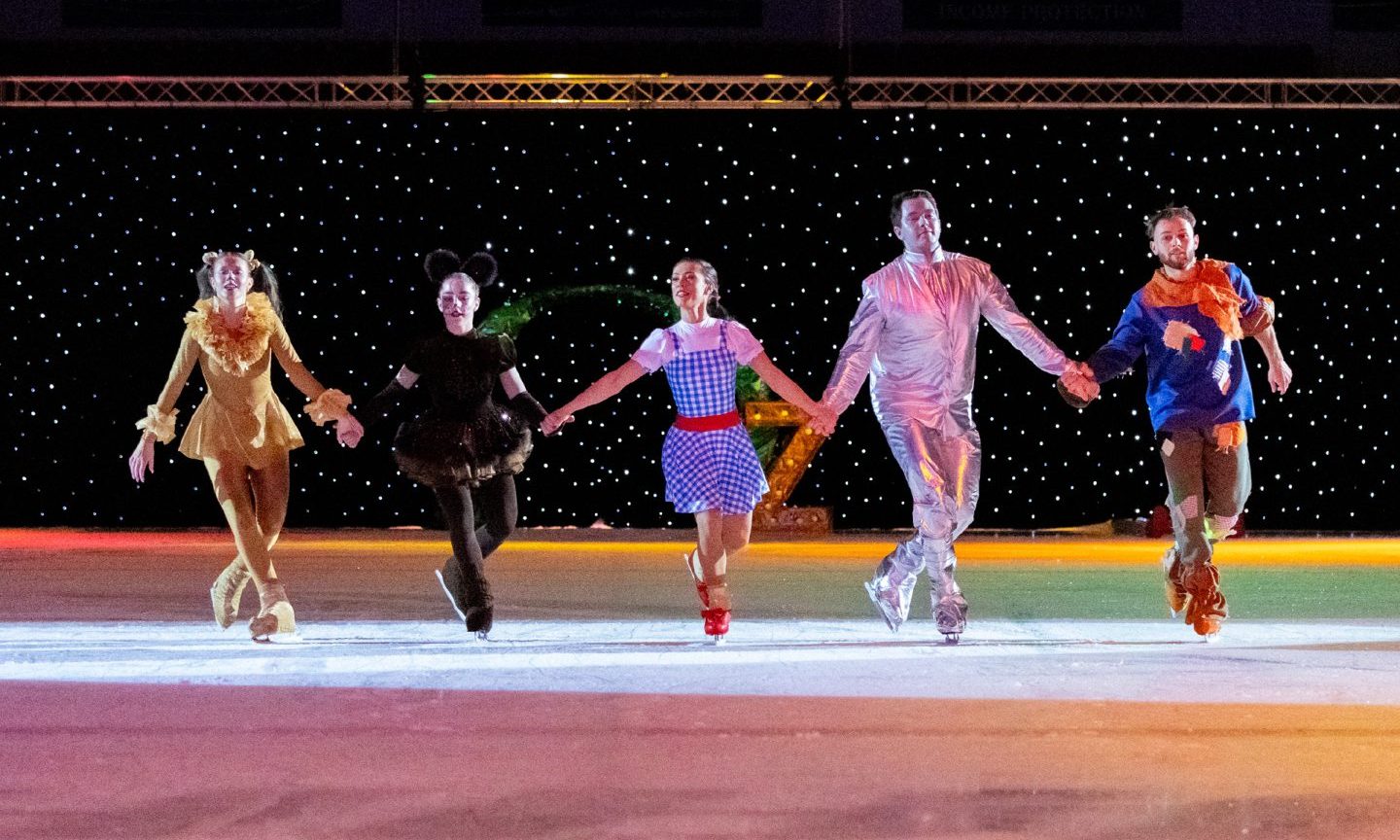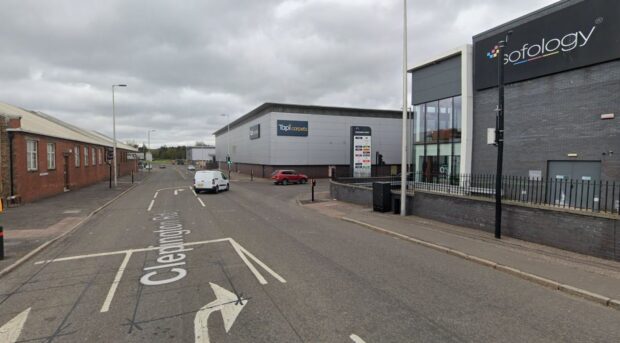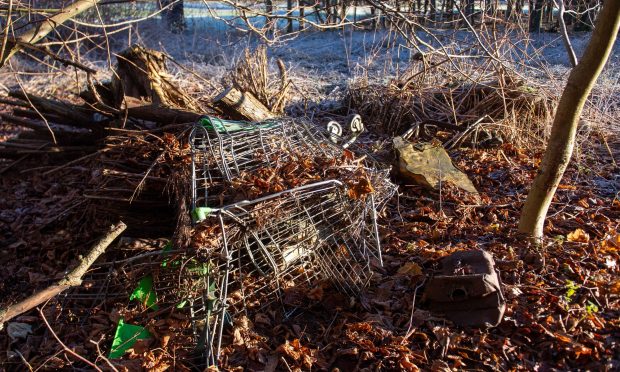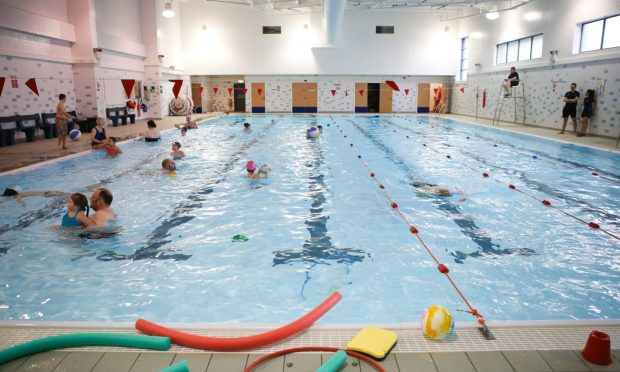Students at Abertay University have turned iconic Scottish designs into digital puzzles.
In a collaboration with V&A Dundee, the students created a digital game similar to a Rubik’s Cube, but instead of a cub,e Scottish designs are broken into slices for players to reconstruct in as few moves as possible.
Designs digitally rendered for the game include the Falkirk Wheel, the Jaguar F-Type, Glasgow designer Christopher Dresser’s Teapot, the Orkney Chair and the V&A itself.
Under the working title Spinnacle, the game is part of the museum’s Time Capsule project.
Phil Smy, leader of the six-strong team, said: “Spinnacle seeks to promote Scottish designs and their designers by interacting with 3D models.
“Different slices can be rotated and moved, much like a Rubik’s Cube, and the game helps the player to think about the form and structure of each of these objects.
“We have an animation where the capsule opens and all these slices come out before the player is asked to solve the puzzle – it’s a great educational tool.”
The team, under the banner BluePix Games, includes Stewart McCready, Inka Nieminen, Kristen Currie, Lewis Cooper and Nicola Sangster. All are studying a mix of Abertay’s Computer Arts, Computer Games Technology, and Games Design and Production Management courses.
At the start of the academic year the team, who were strangers at the time, selected V&A Dundee as their client.
As part of the game development the students tested the prototype with audiences at the Wellgate Centre during V&A Dundee’s Family Time Capsule workshops in the October 2016 school holidays and then again at Douglas Community Centre tin March.
V&A Dundee’s wider Time Capsule project, developed in collaboration with SQA and Jaguar, offered secondary students studying Higher Design and Manufacture in Scotland a chance to design a time capsule which will be a unique feature permanently on display in the grounds of the museum after it opens in 2018.
